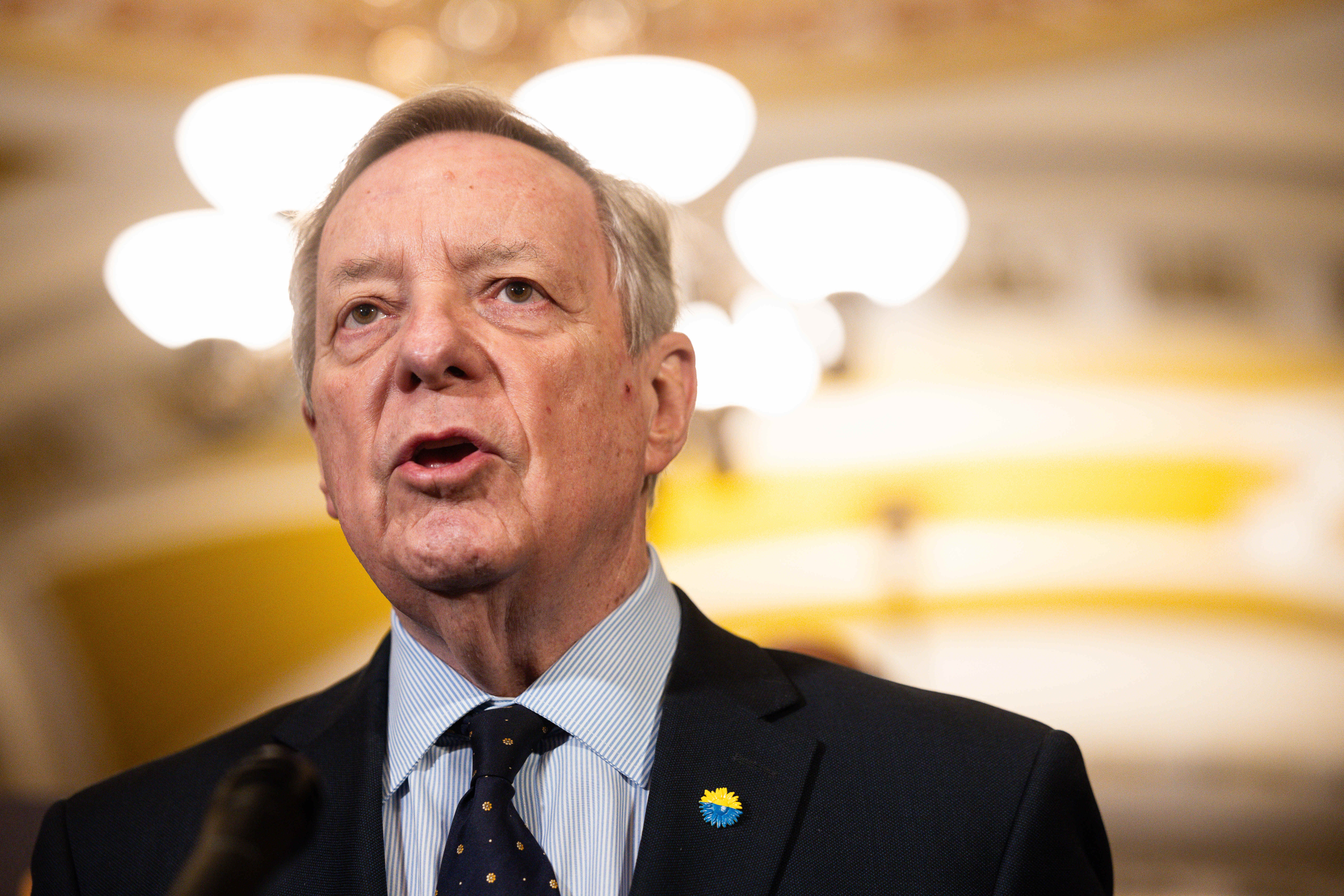The number of Americans filing new claims for unemployment benefits increased by the most in four months last week, but the labor market remains tight even as demand for labor is cooling amid higher interest rates.
Some of the larger-than-expected jump in jobless claims reported by the Labor Department on Thursday was partially blamed on Hurricane Fiona, with filings surging in Puerto Rico, which was ravaged by the storm in the second half of September.
Claims data in the coming weeks will likely be distorted by Hurricane Ian, which cut a swath of destruction across Florida and the Carolinas at the end of September.
“It’s difficult to assess how much the labor market is cooling from initial claims and this will be the case for several weeks because of the distortions from Hurricane Fiona and Ian,” said Ryan Sweet, a senior economist at Moody’s Analytics in West Chester, Pennsylvania
Initial claims for state unemployment benefits rose 29,000 to a seasonally adjusted 219,000 for the week ended Oct. 1. Last week’s increase was the biggest since June. Data for the prior week was revised to show 3,000 fewer applications filed than previously reported. Economists polled by Reuters had forecast 203,000 applications for the latest week.
Unadjusted claims increased 13,264 to 167,083 last week. Claims for Puerto Rico jumped 3,917. Massachusetts reported an increase of 2,206 in filings, while 3,749 more applications were filed in Missouri. In Florida, claims dropped 1,409. Claims typically fall during a disaster period before rebounding.
“This is a sizable increase for Puerto Rico on its own and almost certainly reflects effects of Hurricane Fiona that will probably prove temporary,” said Daniel Silver, an economist at JPMorgan in New York. “Hurricane Ian likely will also impact the claims data over time.”
The labor market has been largely resilient, though some cracks are emerging as the Federal Reserve ramps up its monetary policy tightening. The U.S. central bank has hiked its policy rate from near-zero at the beginning of this year to the current range of 3.00% to 3.25%, and last month signaled more large increases were on the way this year.
U.S. stocks opened slightly lower. The dollar rose against a basket of currencies. U.S. Treasury prices fell.
LABOR MARKET TIGHT
A separate report on Thursday from global outplacement firm Challenger, Gray & Christmas showed U.S.-based employers announced 29,989 job cuts in September, a 46.4% jump from August. Job cuts, which were led by retailers, were up 67.6% from a year ago. But layoffs so far this year are down 21% compared to the first nine months of 2021.
Employers also announced plans to hire 380,014 workers last month, the smallest September total since 2011.
The government reported on Tuesday that job openings dropped by 1.1 million, the largest decline since April 2020, to 10.1 million on the last day of August. There were 1.7 job openings for every unemployed person in August, keeping this measure of labor supply-demand balance above its historical average.
Economists do not expect widespread layoffs, saying companies were wary of letting their workers go after difficulties hiring in the past year as the COVID-19 pandemic forced some people out of the workforce, partly due to prolonged illness caused by the virus.
An Institute for Supply Management survey on Wednesday showed a measure of services sector employment surged in September, with several industries reporting labor shortages.
“We expect layoffs to rise gradually over coming months in response to Fed tightening, which will weigh on demand,” said Rubeela Farooqi, chief U.S. economist at High Frequency Economics in White Plains, New York. “But for now, having faced persistent labor shortages, businesses are still holding on to rather than letting go of workers.”The claims report showed the number of people receiving benefits after an initial week of aid, a proxy for hiring, increased 15,000 to 1.361 million in the week ending Sept. 24.
The claims report has no bearing on September’s employment report, which is scheduled to be released on Friday, as it falls outside the survey period. According to a Reuters survey of economists, nonfarm payrolls increased by 250,000 jobs in September. The economy created 315,000 jobs in August.







